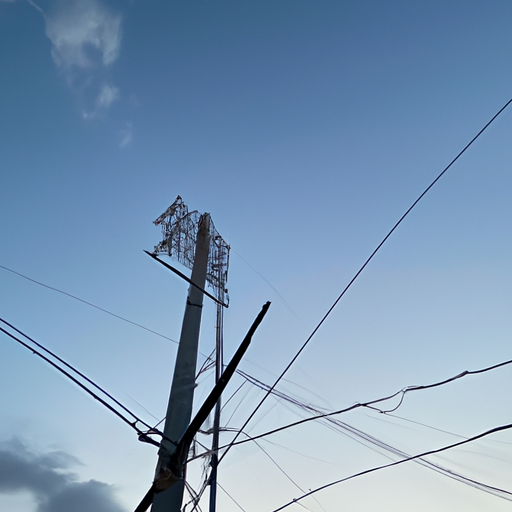

The wireless charging coil is an important component for wireless charging technology, which is a key part of transferring electrical energy to the charging device through electromagnetic induction. The wireless charging coil is usually composed of a coil wound by a conductor, and energy transfer is achieved by establishing an electromagnetic field between two coils. In wireless charging technology, there are two main coils, one is the transmitting coil, and the other is the receiving coil.

The design and manufacturing of wireless charging coils are crucial for the performance and efficiency of wireless charging technology. Here are some design requirements for wireless charging coils:
1. High efficiency: The design of wireless charging coils should maximize energy transfer efficiency and minimize energy loss. This can be achieved by optimizing the structure, materials, and circuit design of the coil.
2. Stability: Wireless charging coils should maintain stable performance during operation and be unaffected by external environments and interference. The design of the coil should consider factors such as temperature, humidity, electromagnetic interference, etc.
3. Tunability: The frequency of wireless charging coils should match the frequency of the transmitting coil to ensure the effectiveness of energy transfer. The design of the coil should have a certain tunability to adjust as needed.
4. Size and weight: The size and weight of wireless charging coils should be as small as possible for embedding in various devices. The design of the coil should consider space limitations and weight requirements.
5. Cost: The design and manufacturing cost of wireless charging coils should be as low as possible to reduce the overall product cost. The design of the coil should consider factors such as material cost, production processes, etc.
In conclusion, the wireless charging coil is a crucial component in wireless charging technology, and its design and manufacturing have a significant impact on the performance and efficiency of wireless charging technology. By optimizing the structure, materials, and circuit design of the coil, energy transfer efficiency can be improved, stability and tunability can be ensured, size and weight can be reduced, costs can be lowered, thus promoting the development and application of wireless charging technology.
The wireless charging coil is an important component for wireless charging technology, which is a key part of transferring electrical energy to the charging device through electromagnetic induction. The wireless charging coil is usually composed of a coil wound by a conductor, and energy transfer is achieved by establishing an electromagnetic field between two coils. In wireless charging technology, there are two main coils, one is the transmitting coil, and the other is the receiving coil.

The design and manufacturing of wireless charging coils are crucial for the performance and efficiency of wireless charging technology. Here are some design requirements for wireless charging coils:
1. High efficiency: The design of wireless charging coils should maximize energy transfer efficiency and minimize energy loss. This can be achieved by optimizing the structure, materials, and circuit design of the coil.
2. Stability: Wireless charging coils should maintain stable performance during operation and be unaffected by external environments and interference. The design of the coil should consider factors such as temperature, humidity, electromagnetic interference, etc.
3. Tunability: The frequency of wireless charging coils should match the frequency of the transmitting coil to ensure the effectiveness of energy transfer. The design of the coil should have a certain tunability to adjust as needed.
4. Size and weight: The size and weight of wireless charging coils should be as small as possible for embedding in various devices. The design of the coil should consider space limitations and weight requirements.
5. Cost: The design and manufacturing cost of wireless charging coils should be as low as possible to reduce the overall product cost. The design of the coil should consider factors such as material cost, production processes, etc.
In conclusion, the wireless charging coil is a crucial component in wireless charging technology, and its design and manufacturing have a significant impact on the performance and efficiency of wireless charging technology. By optimizing the structure, materials, and circuit design of the coil, energy transfer efficiency can be improved, stability and tunability can be ensured, size and weight can be reduced, costs can be lowered, thus promoting the development and application of wireless charging technology.